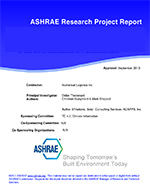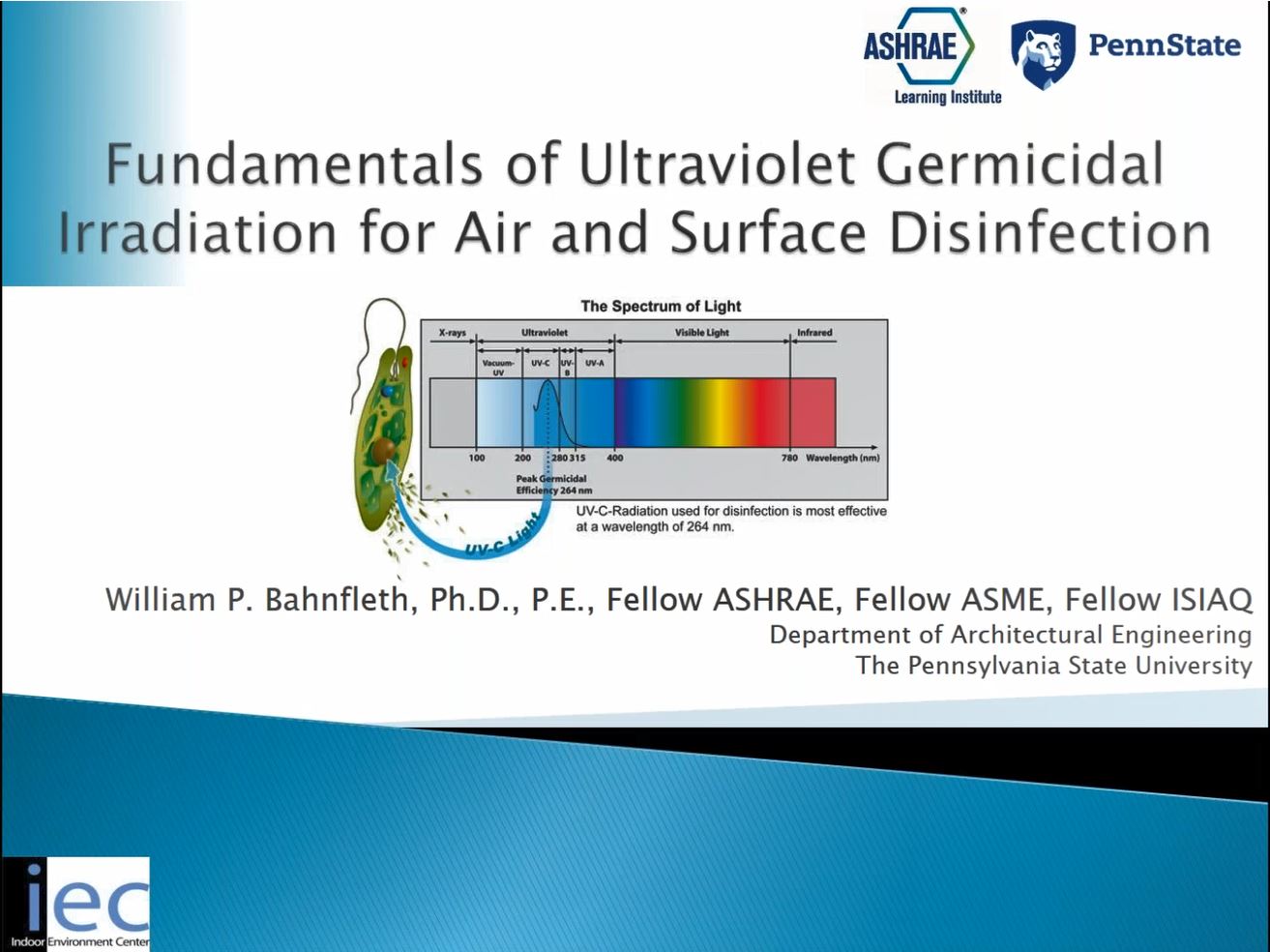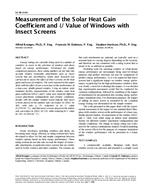An investigation of the feasibility of a successively variable louver angle is presented in this study by use of a numerical solver. It is found that a “maximum” heat transfer performance is seen for the uniform louver angle arrangement. The heat transfer coefficients increase with an increase of attack angles for both successively increased and successively decreased louver angles. The pressure drops for a successively increased arrangement are higher than for other arrangements, but the corresponding heat transfer coefficients for a successively increased arrangement are higher than for the other two arrangements subjected to equal pressure drop constraints when the attack angle is above 3º.
Units: Dual
Citation: Symposium, ASHRAE Transactions, vol. 107, pt. 2
Product Details
- Published:
- 2001
- Number of Pages:
- 7
- File Size:
- 1 file , 380 KB
- Product Code(s):
- D-7055


